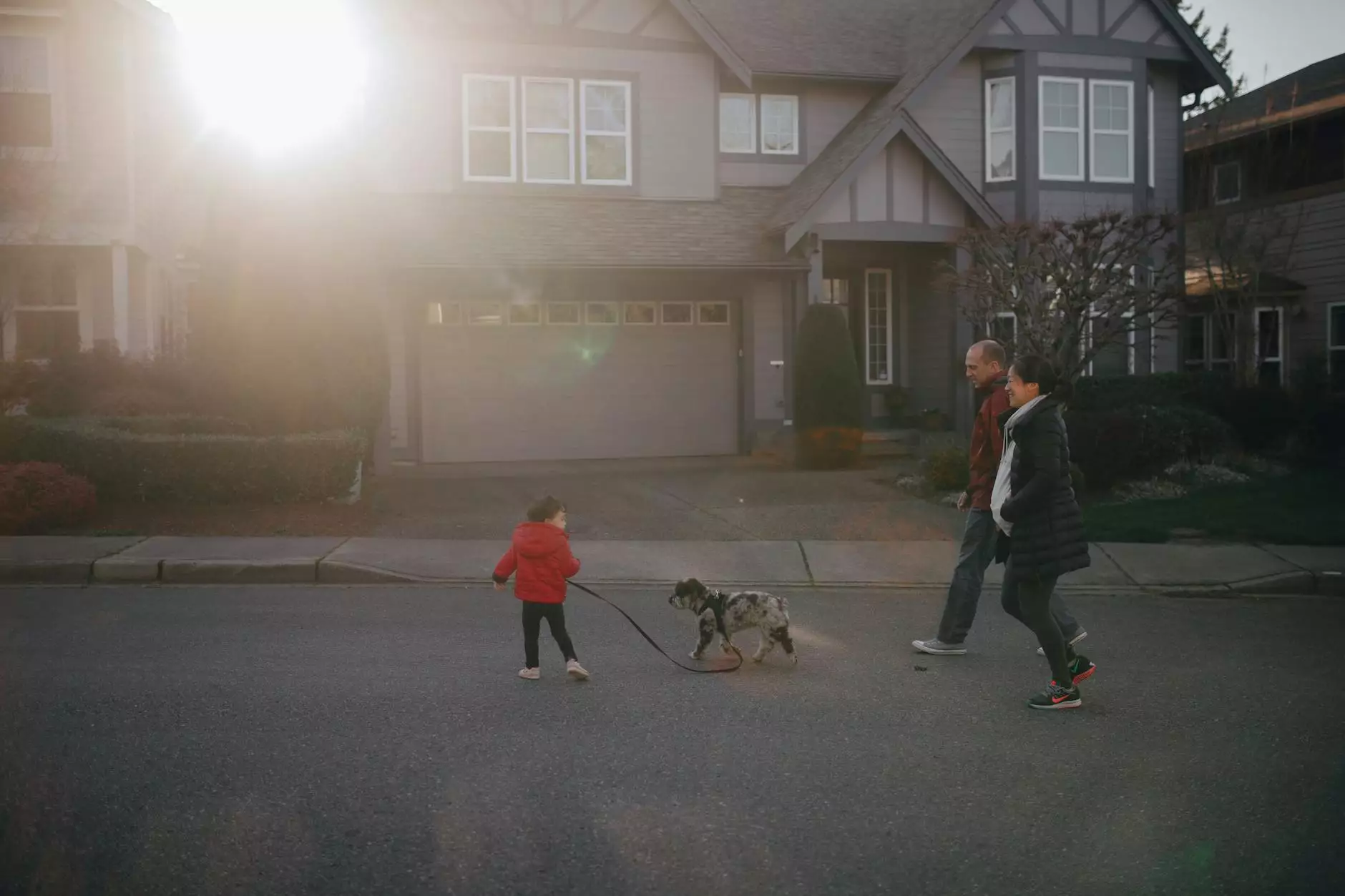What is Legg-Calvé-Perthes Disease?

Understanding Legg-Calvé-Perthes Disease
Legg-Calvé-Perthes Disease, also known as Perthes Disease or avascular necrosis of the femoral head, is a condition that primarily affects children aged 4-8 years. It is a rare form of hip joint disorder characterized by the temporary loss of blood supply to the femoral head, which leads to its subsequent collapse and deformity.
Causes of Legg-Calvé-Perthes Disease
The exact cause of Legg-Calvé-Perthes Disease is still unknown. However, it is believed to be related to reduced blood flow to the femoral head, resulting in inadequate supply of oxygen and nutrients to the growing bone. Various factors such as genetics, trauma, structural abnormalities, and vascular issues may contribute to the development of this condition.
Symptoms and Signs
The early signs of Legg-Calvé-Perthes Disease may include:
- Pain or stiffness in the hip, groin, thigh, or knee
- Limping or favoring one leg
- Limited range of motion in the hip joint
- Muscle atrophy in the affected leg
As the disease progresses, the hip joint may become increasingly painful, leading to more severe symptoms such as:
- Shortening of the leg on the affected side
- Loss of joint mobility
- Development of a limp
- Difficulty in performing physical activities
Diagnosis and Treatment Options
If your child experiences any of the symptoms associated with Legg-Calvé-Perthes Disease, it is important to consult a medical professional for a proper diagnosis. The healthcare provider may conduct a thorough physical examination, review medical history, and order additional tests such as X-rays or MRI to confirm the presence of the condition.
Once diagnosed, the treatment approach for Legg-Calvé-Perthes Disease aims to minimize pain, maintain hip joint function, and promote healthy bone growth. The treatment plan may vary depending on factors such as the child's age, bone maturity, and the severity of the disease. Options include:
- Non-surgical management: This approach typically involves restricted weight-bearing, physical therapy, and the use of assistive devices like crutches to relieve pressure on the affected hip joint.
- Surgical interventions: In some cases, surgery may be required to realign the hip joint, remove bone fragments, or stimulate blood flow to the affected area. This can be achieved through procedures like osteotomy or joint reconstruction.
- Long-term follow-up: Regular check-ups and monitoring are necessary to ensure the appropriate progress and functioning of the hip joint as the child grows.
Living with Legg-Calvé-Perthes Disease
Dealing with Legg-Calvé-Perthes Disease may be challenging for children and their families, but with proper care and support, it is possible to manage the condition effectively. Here are some tips:
- Encourage a healthy lifestyle: A well-balanced diet and regular physical activity can support bone health and overall well-being.
- Follow the prescribed treatment plan: Adhering to the recommended therapies, exercises, and medical interventions can aid in the healing process and prevent complications.
- Provide emotional support: Offer reassurance and understanding to help your child cope with any physical limitations or changes in their daily routines.
- Connect with support groups: Engaging with others who have experienced or are currently living with Legg-Calvé-Perthes Disease may provide valuable insights, advice, and encouragement.
Prevention and Outlook
As Legg-Calvé-Perthes Disease is often an unpreventable condition, early detection and prompt medical intervention are crucial to achieve the best possible outcome. With appropriate treatment, most children can regain full use of their affected hip joint and go on to lead active, normal lives, free from long-term complications.
However, it is important to remember that each case is unique, and the prognosis may vary. Regular follow-up appointments and ongoing care are vital to monitor the progress, ensure the effectiveness of treatments, and address any emerging issues promptly.
For more information about Legg-Calvé-Perthes Disease and its treatment options, visit the Foley James D MD website, dedicated to providing comprehensive resources and expert healthcare advice.




